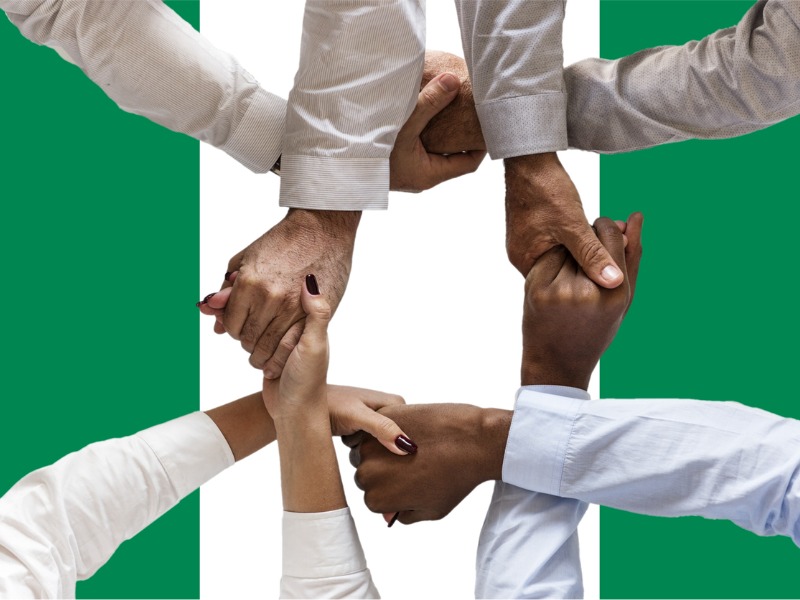Financial inclusion has been identified by several stakeholders as a key enabler of reducing extreme poverty and improving shared prosperity. The ability for economically active adults to save money, send and receive payments, access credit and insurance services through a suitable financial product, and in a sustainable manner is usually the gateway to poverty reduction and attainment of financial freedom. Indeed, financial inclusion is an enabler for at least seven (7) of the 17 United Nations’ Sustainable Development Goals (SDGs). This further underscores the point that significant mileage can be made in shared global prosperity with a marked improvement in financial inclusion levels. Little wonder there has been sustained global attention and focus on financial inclusion in recent times.
This attention has also started to yield remarkable results. According to Global Findex (2021), the global financial inclusion rate improved from 51% in 2011 to 76% in 2021. During the same period, Sub-Saharan Africa’s financial inclusion growth rate (measured by account ownership) outperformed the global growth rate by increasing from just 23% in 2011 to 55% in 2021. Despite this impressive growth, Sub-Saharan Africa still ranks among the bottom three regions globally in terms of account ownership and usage.
While some progress is being made, Africa has traditionally recorded lower financial inclusion levels compared to other regions of the world for several reasons. First, account ownership (the gateway to financial inclusion) level has been low due to a higher poverty rate on the continent. This has greatly limited the propensity to save and thus, the need to open a formal bank account. Likewise, a lower literacy rate (in comparison to other regions) has obfuscated the importance of financial access in achieving financial freedom. The continent has also contended with considerable infrastructural gaps that have made financial services either unavailable or rather expensive for most residents.
However, thanks to increasing focus by various governments as well as the activities of development partners and the advent of technology (particularly, Digital Financial Services [DFS]), most of these challenges are being surmounted to improve the financial inclusion rate on the continent.
In 2012, the governments of Kenya, Malawi, Nigeria, Rwanda, South Africa, Tanzania, Uganda & Zambia made national commitments at the G-20 Los Cabos Summit, and since then, these countries have achieved significant milestones in financial inclusion. Also, activities of development agencies, such as the World Bank Group, have been instrumental in providing critical interventions, data, and partnerships necessary to scale the level of financial inclusion on the continent.
It is worthy to note that the increasing adoption of digital technology in the delivery of financial services has had the greatest impact in narrowing the financial exclusion gap on the African continent. Digital Financial Services have proven to be very useful in three distinct ways:
-
*Increasing financial access by lowering the cost-to-serve and thereby making financial services more affordable.
-
*Enabling players on the continent to customise and simplify financial solutions to meet the specific needs of the under-banked and unbanked population.
-
*Improving access to credit by offering providers creative and innovative credit profiling techniques to better manage the risks inherent in lending to the low-income populace.



